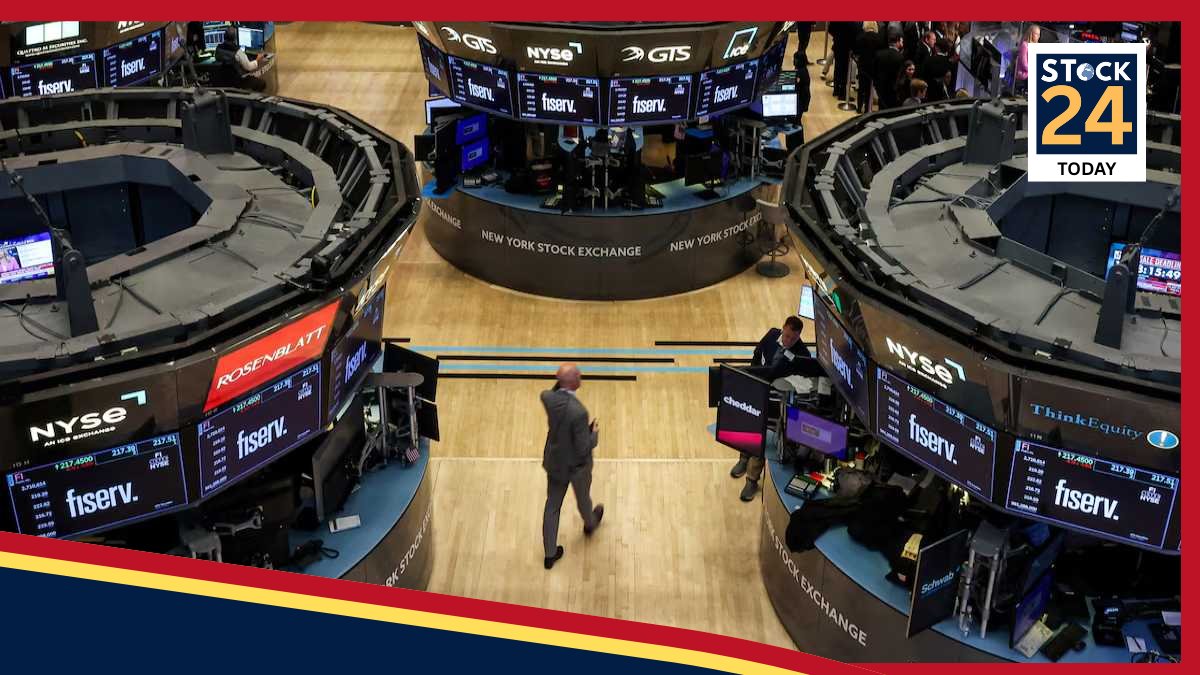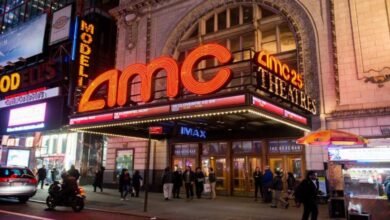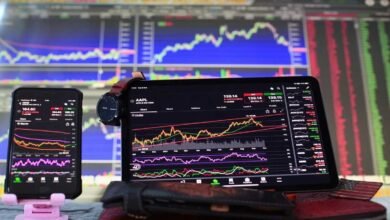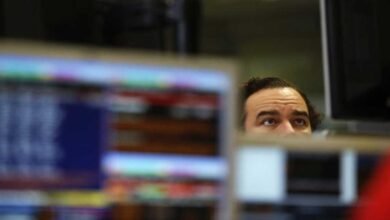S&P 500 Breaks 6,400 Record High, But Tariff Concerns Loom Over Consumer Economy

NEW YORK – The S&P 500 surged to a historic high on Tuesday, closing above the 6,400 mark for the first time as milder-than-expected inflation data fueled investor optimism for a Federal Reserve interest rate cut in September.
The Dow Jones Industrial Average and Nasdaq Composite also posted strong gains of 1.1% and 1.4% respectively. The Cboe Volatility Index (VIX), often called Wall Street’s “fear gauge,” plummeted over 9%, reflecting the market’s bullish sentiment.
The catalyst for the rally was the latest Consumer Price Index (CPI) report, which showed a modest 0.3% rise in prices for July. The annual inflation rate held steady at 2.7%, easing fears of overheating and giving the Federal Reserve more leeway to stimulate the economy amidst a contentious trade environment.
A Cloud on the Horizon
Despite the market euphoria, a growing sense of unease persists among business leaders and economists about the potential impact of tariffs on the U.S. consumer, the primary engine of the economy.
“I am losing sleep based on the unknowns around tariffs,” said Mike Petrakis, CEO of home-improvement lender PowerPay. He noted that while large contractors have so far absorbed rising costs to protect customers, this is likely a temporary solution. Petrakis expects prices on major home projects to be reset higher next year unless the “tariff noise goes away.”
This sentiment is echoed by economists who warn that the buffers protecting consumers are finite. “So far, many businesses have managed to soften the impact of rising costs,” said Lydia Boussour, a senior economist at EY-Parthenon, in a client note. “When tariff buffers gradually fade, inflation will likely intensify.” Boussour’s team projects that headline inflation could climb to 3.2% by year’s end, attributing the rise almost entirely to the administration’s trade policies.
A Tale of Two Consumers
While the market celebrates new highs, recent data from the Federal Reserve highlights a growing divide in consumer health. A July research paper revealed that since mid-2021, spending growth has been driven almost exclusively by high-income households earning over $100,000 annually. In contrast, spending by low- and middle-income households has stalled.
“We’ve just got this huge bifurcated economy right now,” said Byron Anderson, head of fixed income at Laffer Tengler Investments. He noted that while corporations are managing to “eat” the cost of tariffs for now, the pressure on lower-income earners is already apparent.
This bifurcation poses a significant risk. “I still don’t think the consumer has fully felt the brunt of all the tariffs,” said Joe Ferrara, an investment strategist at Gateway Investment Advisors. While minor price increases may be manageable, he warned that tariffs on big-ticket items like cars or appliances could cost consumers hundreds of dollars more, creating a substantial shock.
For now, investors are focused on the prospect of a supportive Federal Reserve. But the underlying strength of the economy hinges on a consumer who may soon face a much higher bill.





